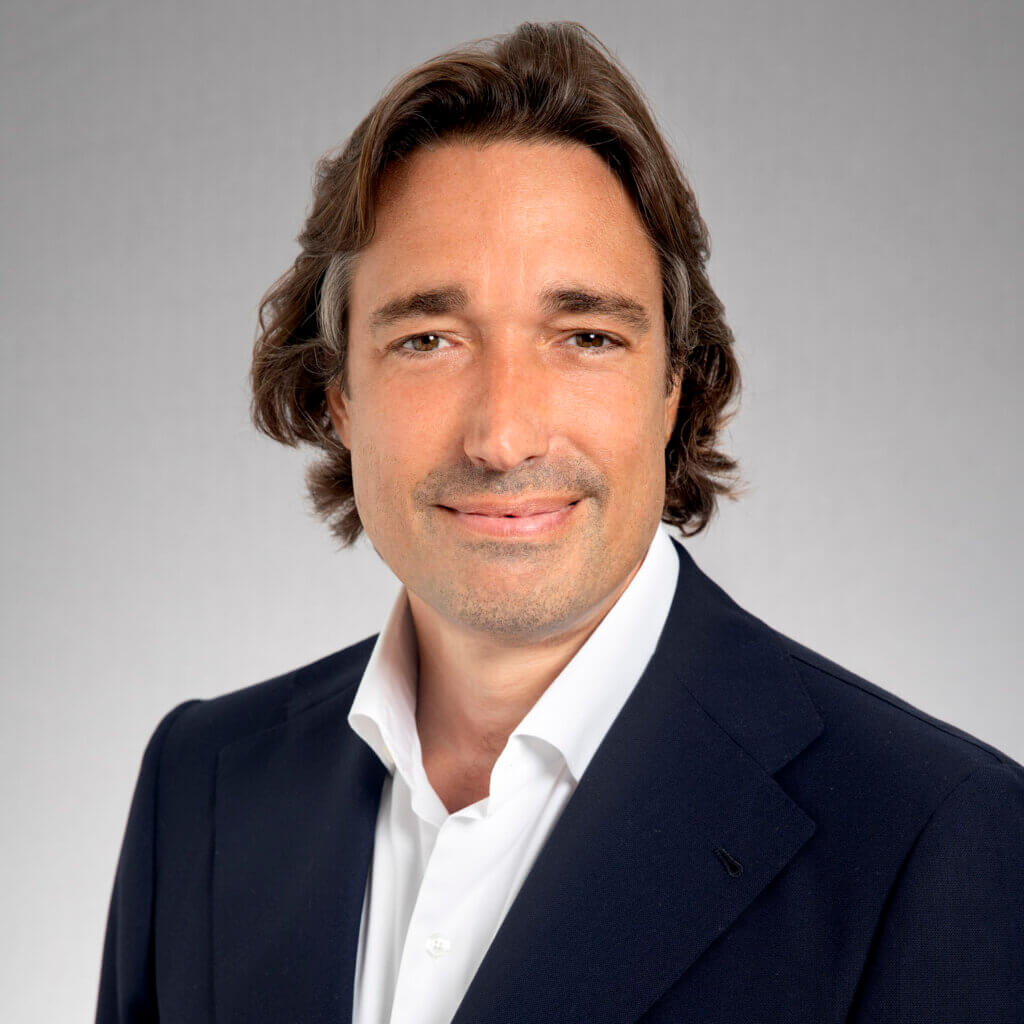
The last five years have been a period of remarkable growth and transformation for private market investors.
According to McKinsey private markets assets under management (AUM) have grown at an annual rate of almost 20 percent since 2017 and now exceed $11 trillion. Investors, drawn to the assets class’s attractive long-term returns, have significantly upped allocations to private markets strategies and dry powder levels have soared to an unprecedented $3 trillion, according to McKinsey.
As private markets AUM has expanded, so have the regulatory and reporting demands of financial watchdogs and investors. For an industry tracing its origins to small partnerships of dealmakers with limited overheads and small back office operations, this shift in reporting and regulatory requirements has led to a sea change in how the industry thinks about fund administration and its operating model.
Managers are now managing increasingly sophisticated investors, who are seeking more co-investment and segregated accounts. The emergence and growth of continuation fund structures, NAV and fund financing and GP stakes investing have added additional layers of complexity for firms to keep track off.
The digitalization of private markets operations, and accompanying data security responsibilities, is another area where managers have faced steep learning curves, while the growing focus on ESG and sustainability metrics reporting has further filled up the managers in-tray.
These profound shifts in how managers are expected to run their business have completely changed the operational landscape and required significant investment in middle and back office operations and fund accounting software. Rethinking organizational design, and implementing new operating models have become key strategic priorities for investors.
Think about where the private markets asset class was positioned 10 to 15 years ago. Institutional investors didn’t even have dedicated private markets allocations. There were equities and fixed income teams, with the small pools of capital committed to private markets sitting in the ‘other’ bucket.
Alexander Traub, Chief Commercial Officer
“That has changed significantly. Institutional allocations to private markets are sizeable and investors are more sophisticated. For a manager that means that you cannot afford to run an operation that is just good enough. Investors want managers to have a strong operational backbone that allows them to execute the deals they want to do. One in two managers in North America, and one in three in Europe, still self-administer their funds with an in-house setup, hence this shift in the delivery of fund administration services is the challenge of many.”
An organizational inflection point
The pace of growth and change across private markets has meant that the industry has reached an organizational inflection point, where managers across the alternative asset management sector will have to overhaul and upgrade middle and back office models to meet the myriad demands of investors and regulators.
For manager leadership teams with backgrounds in the core front office capabilities of fund raising, deal execution, and portfolio management, making this transition can be overwhelming.
“The DNA of private markets firms is investment management – raising money, deploying capital, and managing risk. The core competence is not fund administration, fund accounting and compliance,” Traub says. “From a cultural perspective, many firms, as they start off, try to do a little bit of everything, but as they grow in sophistication, more and more support is required to take care of their middle and back-office needs.”
There is also increasing scrutiny from investors on the costs of back-office teams and the impact of these operating outgoings on a fund’s total expense ratio. Internal back-office teams sitting in manager head offices in London or New York will be expensive to run and difficult to scale up in lockstep with growth in AUM and strategic expansion into adjacent asset classes.
Investment in technology stacks poses similar scalability challenges.
“Technology is an ongoing spend and at some point managers will have to decide whether to invest the next double-digit millions of capex in fund accounting technology, or to invest in core front office risk and portfolio management systems,” Traub says. “The days of managers running their fund accounting off spreadsheets are long gone. That is just very difficult to justify.”
Putting the right support in place
As managers approach these operational tipping points, there are three priorities that will shape how firms upgrade their internal infrastructure: keep a clean and clear focus on investment management; define a cost-effective operating model and implement a scalable middle- and back-office in line with a firm’s growth.
Specialist fund administration services providers can help alternative asset providers to review their organizational effectiveness, curate a bespoke operating model and support managers through the implementation process.
There are a variety of options available managers as they navigate these priorities, ranging from a fully outsourced fund administration model to a co-sourcing operating model or a team transfer, where a back-office team and systems are “lifted out” and integrated into an outsourcing service provider.
Deciding what back-office infrastructure model to adopt, however, is not always obvious, with each option presenting distinctive risks and opportunities that vary according to each alternative assets manager’s particular circumstances and development pathway.
Alter Domus takes consultative approach to working with managers undertaking an upgrade to their operating model and back office operations, with a focus on leveraging outsourced fund administration to manage overheads and build flexibility and scalability into the back office.
In a nutshell, Key Client Partnerships is about C-level engagement on what the target operating model looks like from a client’s perspective and essentially Alter Domus adapting to those needs by agreeing on the operating model, the financial model, and the transition case to make sure that that transformation is successful.
Alexander Traub, Chief Commercial Officer
Partnering with a fund services outsourcing specialist can help managers to ramp up their back office capability at pace and address the key technology, fund accounting, regulatory and investor reporting challenges facing sub-scale in-house teams.
Fund administration companies have much large global footprints, that are more cost-effective and enable managers to benchmark fund costs, as well as technology and fund accounting software platforms that are of a scale that would be incredibly difficult for most managers to replicate, build and maintain organically.
The Alter Domus approach is centered on investing in long-term relationships with clients that involve everything from migrating products from platform to another and handling all outsourcing, fund accounting and technology interfacing, to managing all the governance and risk mitigation aspects of team and technology transitions.
Traub says the overriding objective is to “co-create” global operating models customized to specific client requirements.
“The sophisticated operating models that managers require involved more than rolling out an off-the-shelf solution. The focus is on taking an active approach to understanding client needs and then tailoring a solution that really fits hand in glove with a manager’s requirements.”





